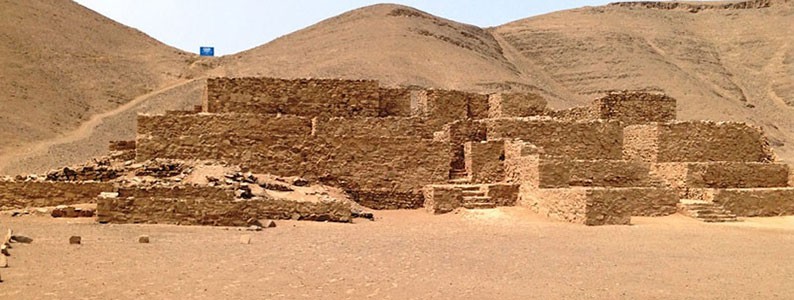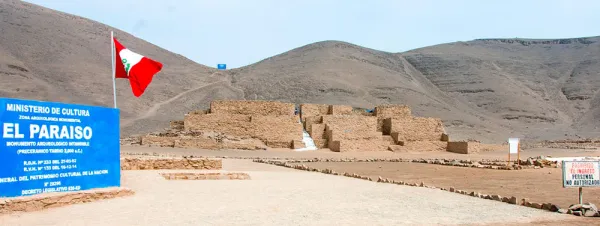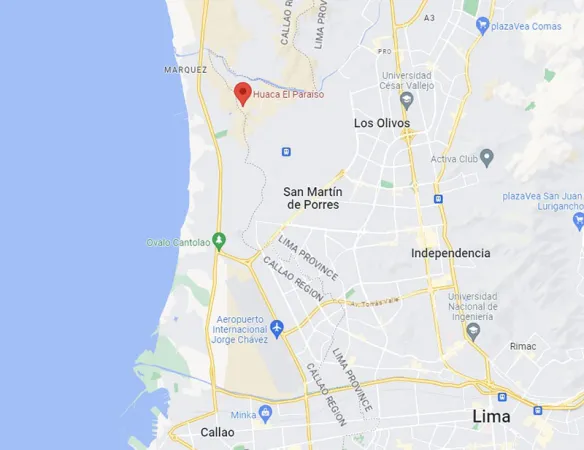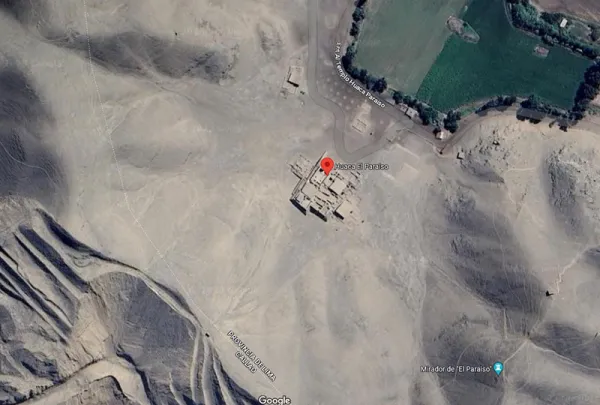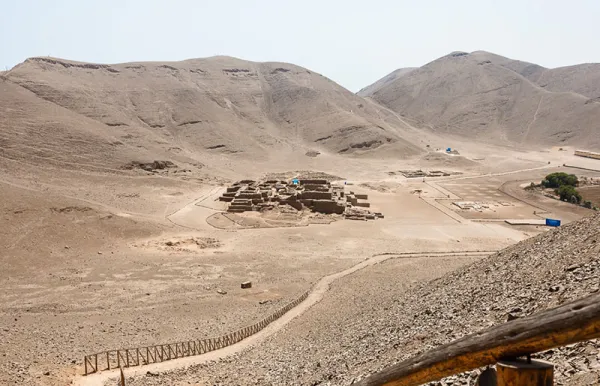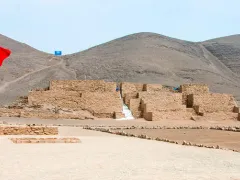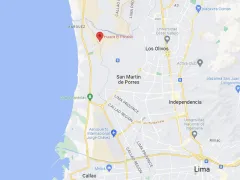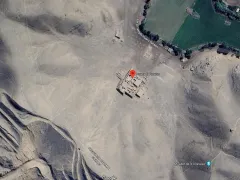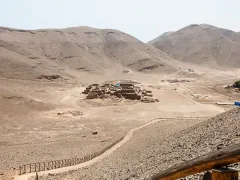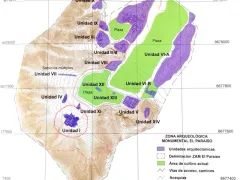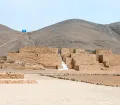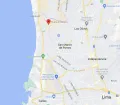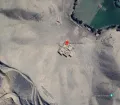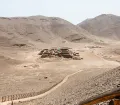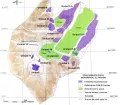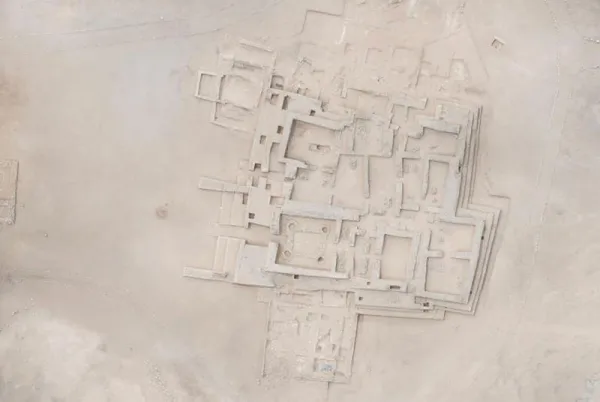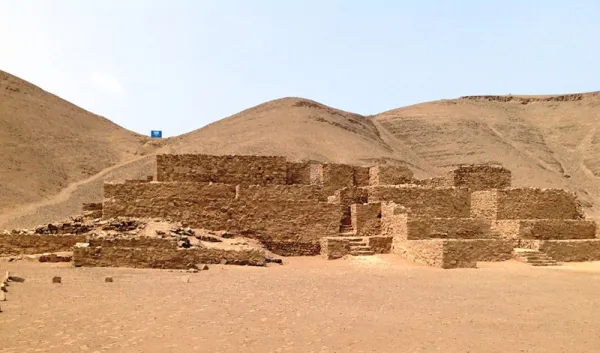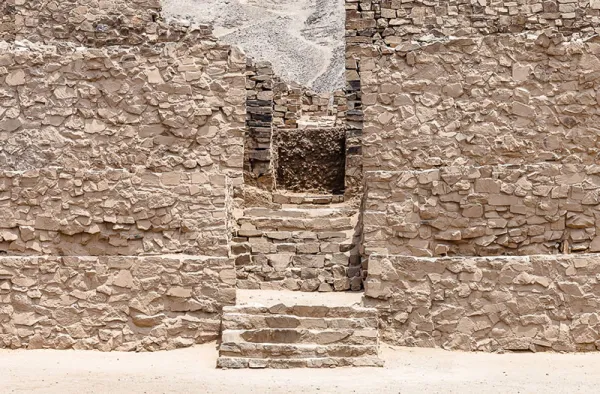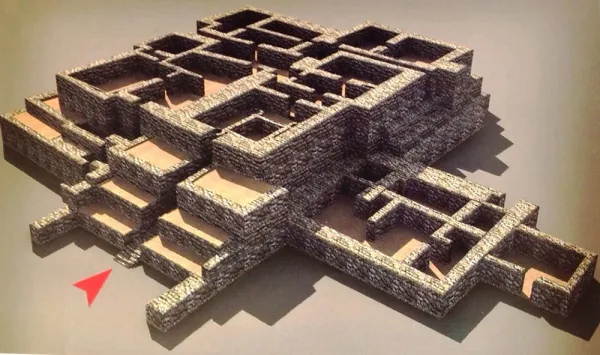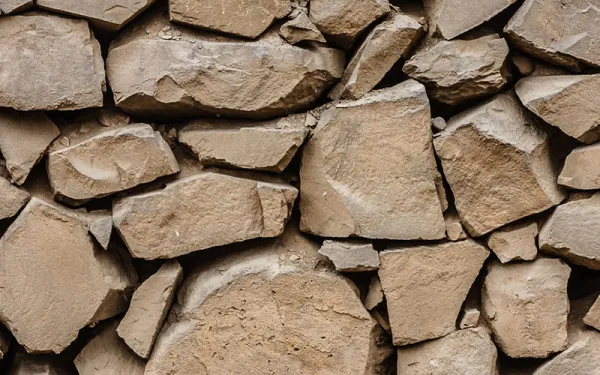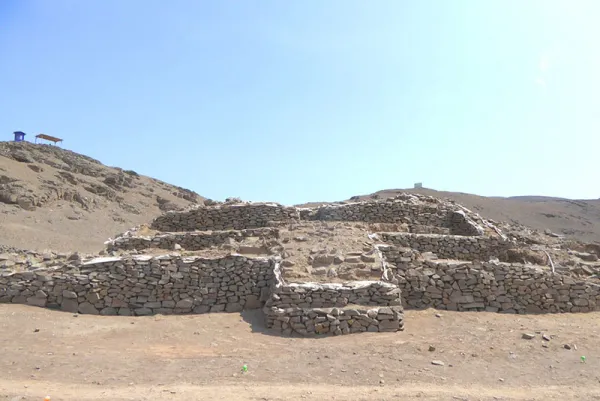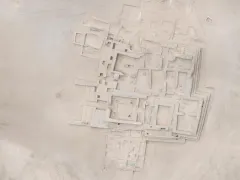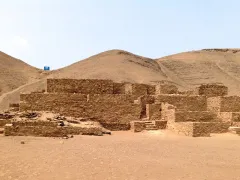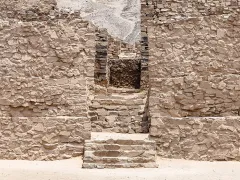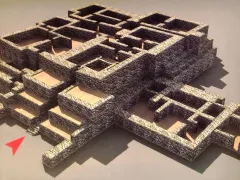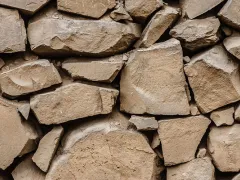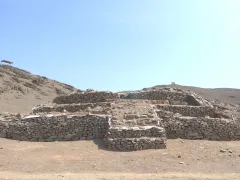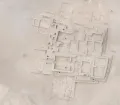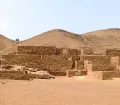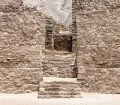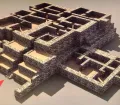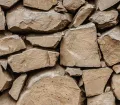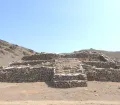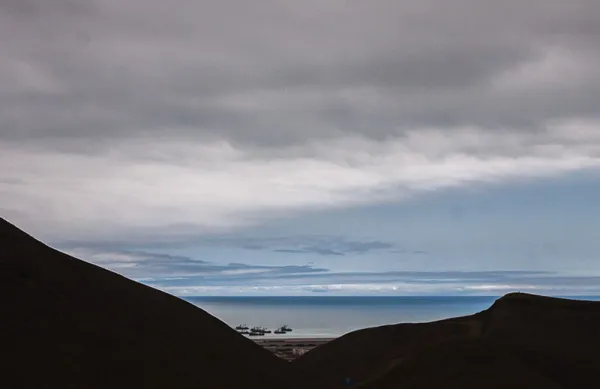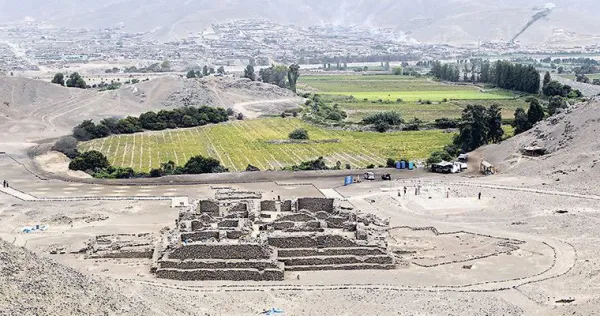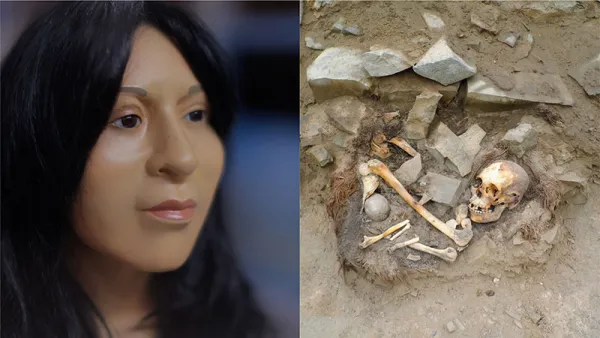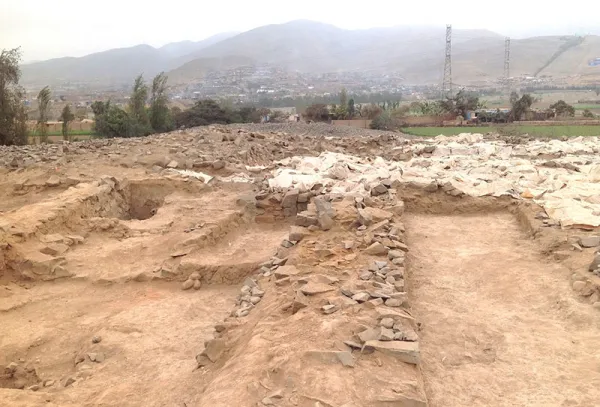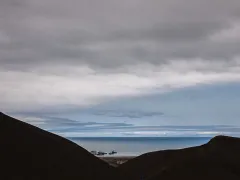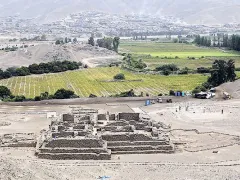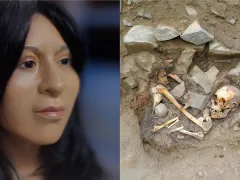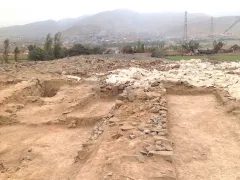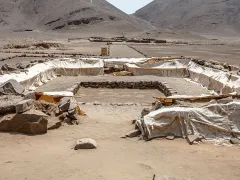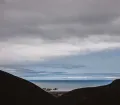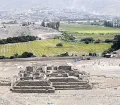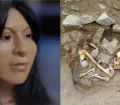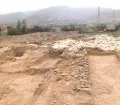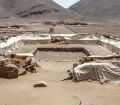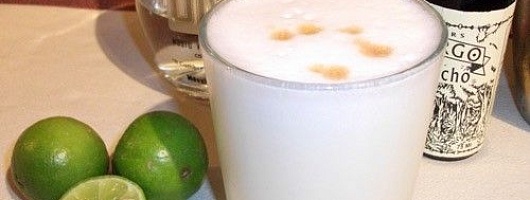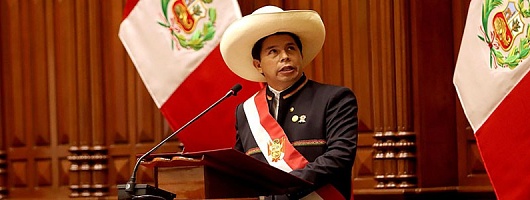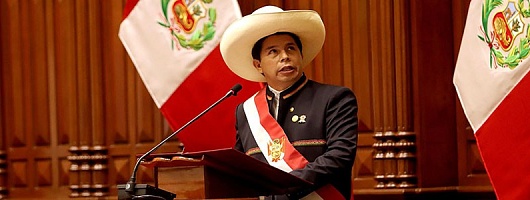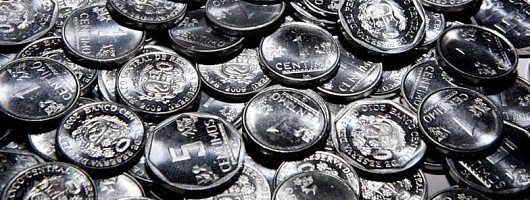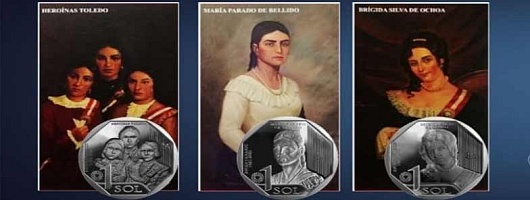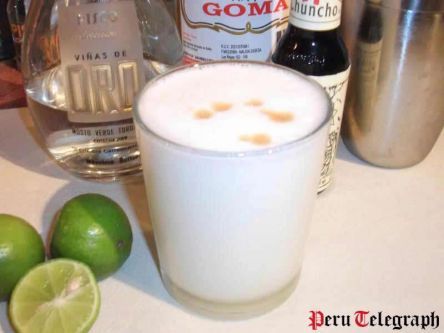One of the first big settlements and ceremonial centers in the area of today's Lima was El Paraíso (The Paradise). For decades, the complex was dated to around 2200 BC, however, new findings suggest that it might be even 1000 or 2000 years older.
El Paraiso is located 18 km (11 miles) north-west of Lima’s city center in the district of San Martin de Porres, about 2 km (a good mile) from the Pacific Ocean directly at the Chillón River and extends over 50 hectares.
Structures at El Paraiso
It seems that El Paraiso wasn’t part of an early civilization. It most probably belonged to a group of autonomous regional centers headed by a chief that developed along the Peruvian coast and that collaborated with other groups if and where necessary. Today, six other sites from this pre-ceramic time period in near proximity are known.
Interesting is the layout of El Paraiso. As many nearby sites in the area, which were built later, it has a U-shape forming a huge plaza in the middle. Even though the arrangement of the structures shows some dissimilarities to later constructions, El Paraiso could be the precursor to successive architectural developments.
The main building is a large pyramid that was probably used as a temple or an administrative building. Not less impressive are the other complexes that are still visible/already excavated. Even though no designated burial areas or refuse pits were found until today, suggesting that El Paraiso wasn’t a residential complex but a mainly religious or administrative center in the region, there are remains of simple, though large mud and rock dwellings of its inhabitants.
People of El Paraiso
Archaeologists estimate that around 1500 to 3000 people lived in El Paraíso. The supply of sufficient food and all other necessities for an at this time huge population was only possible with an ordered social structure, an effective utilization of all available resources, and a successful economy. Although the area is located in a small desert stripe, three unique circumstances allowed the early settlers to survive:
- Being located near the Pacific Ocean, which provided fresh fish and other seafood.
- Being located at the Chillón river, which provided fresh water for the inhabitants, animals and plants and, of course, fish.
- Lima's special climate with high humidity all year round and low clouds during the winter months in particular, which allows some vegetation to thrive.
So, to survive, the inhabitants of El Paraiso mainly fished, but also hunted animals and gathered wild fruits and berries. Some time later, they started agriculture and then, using the Chillón River, developed a primitive irrigation system to increase their harvest.
Already around 2000 BC cotton (for beautifully weaved cloths), maize, yucca, pumpkins, beans, sweat potatoes, ajis and fruits like lucúma and guava were cultivated. The appearance of ceramics in the Lima region around 1600 BC made it possible to cook food directly on the fire and store it.
Discoveries at the Archaeological Complex El Paraiso
Even though El Paraiso is considered “the largest and earliest example of monumental architecture in the New World” and was declared a National Patrimony in 2002, until today not a lot of archaeological investigation, excavation and reconstruction was done at this important ancient complex and therefore little is known about the life of Lima's ancient inhabitants.
It is believed that the complex comprised around 10 to 15 pyramidal structures. Unit I or the main temple of El Paraiso, which consists of four tiered levels, was possibly a ceremonial center used by the community. Unit IV, where mainly food remains were found, is speculated to have been a feasting site associated with Unit I. Unit II, where mainly avian remains, textile fragments and other domestic refuse were excavated, and Unit VI (today both just big hills) may have been used for domestic and/or multi activity purposes.
In December 2012, a new investigation and excavation project led by Mark Guillen started at El Paraiso. And already 3 months later, a groundbreaking discovery was announced. Archaeologists found an ancient temple next to the main temple of El Paraiso. First excavations uncovered an underground ceremonial center comprising 4 levels, each older than the other. The construction is believed to have been built around 3000 BC. The fireplace inside discovered, where presumably offerings were burned, earned the ceremonial center the name "Templo el Fuego" (Fire Temple).
And in 2016, the next spectacular finding: an approximately 3700-year-old tomb of a high-status woman was found near the main temple. Examination of the “Dama de El Paraiso” (The Lady of El Paraiso) revealed that she had a height of 1.50m and was 20 to 25 years when she died. Her forearms had injuries associated with weaving and analyzing her teeth showed that her diet was composed of seafood, yucca, maize, and beans. Researchers as well reconstructed her face, which today is displayed at the Andres del Castillo Mineral Museum.
The discoveries made over the past 10 to 15 years at El Paraiso have been significant, confirming that today’s Lima was one of the earliest religious, economic, and cultural centers of society in the coastal region of today’s Peru. But the findings are only a small fraction of what is still waiting to be discovered. Unfortunately, Covid halted further investigation and excavation efforts and because of a lack of financial resources, new projects aren’t planned at the moment. Let’s hope that El Paraiso doesn’t perish completely, and soon new efforts are made to not only investigte this important site but also reconstruct whatever structure is still there.


